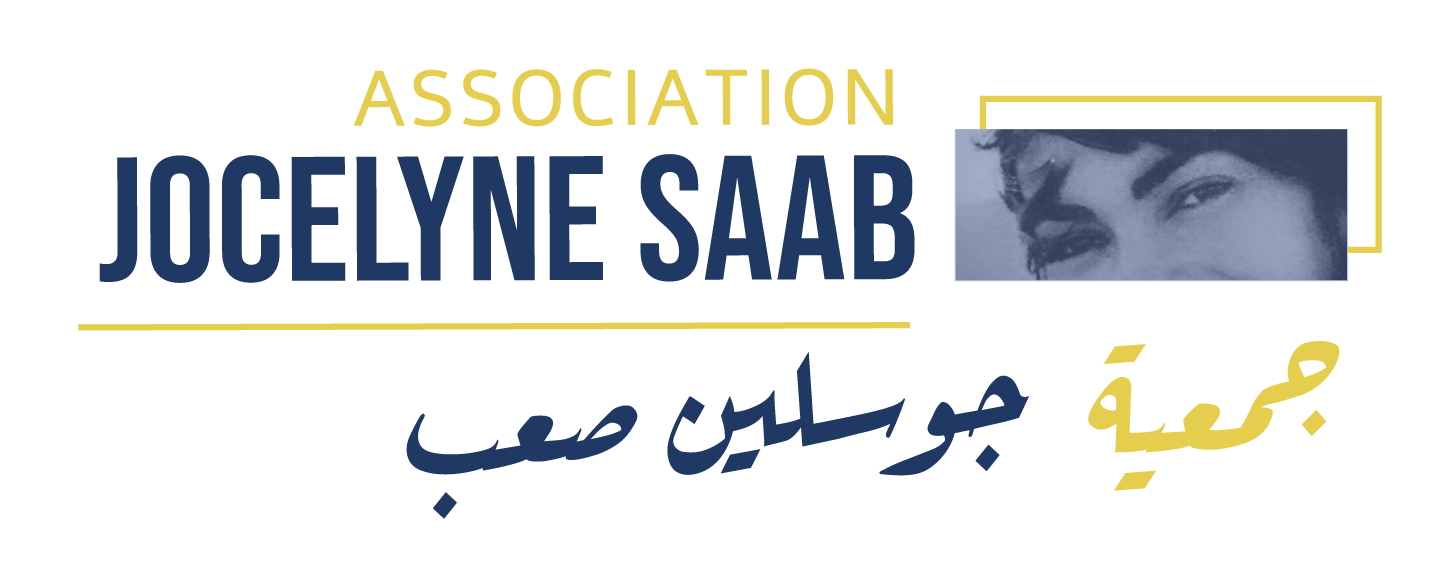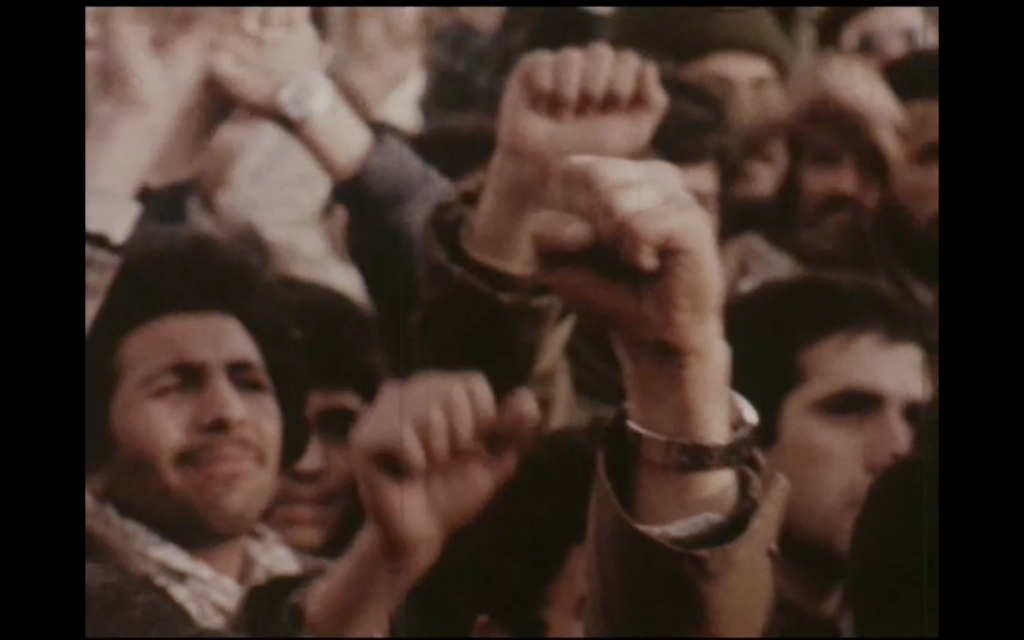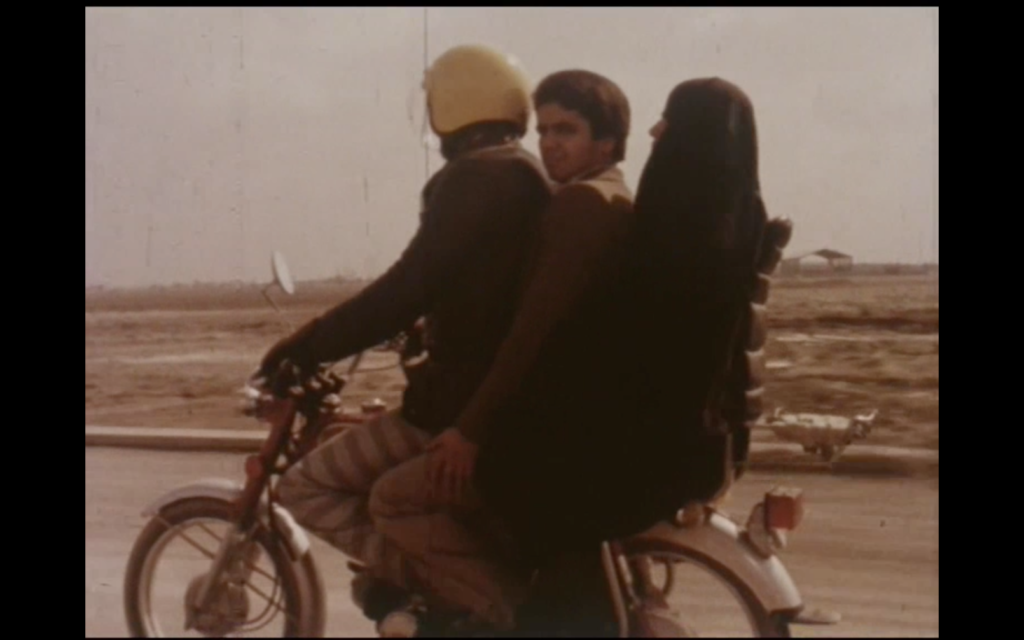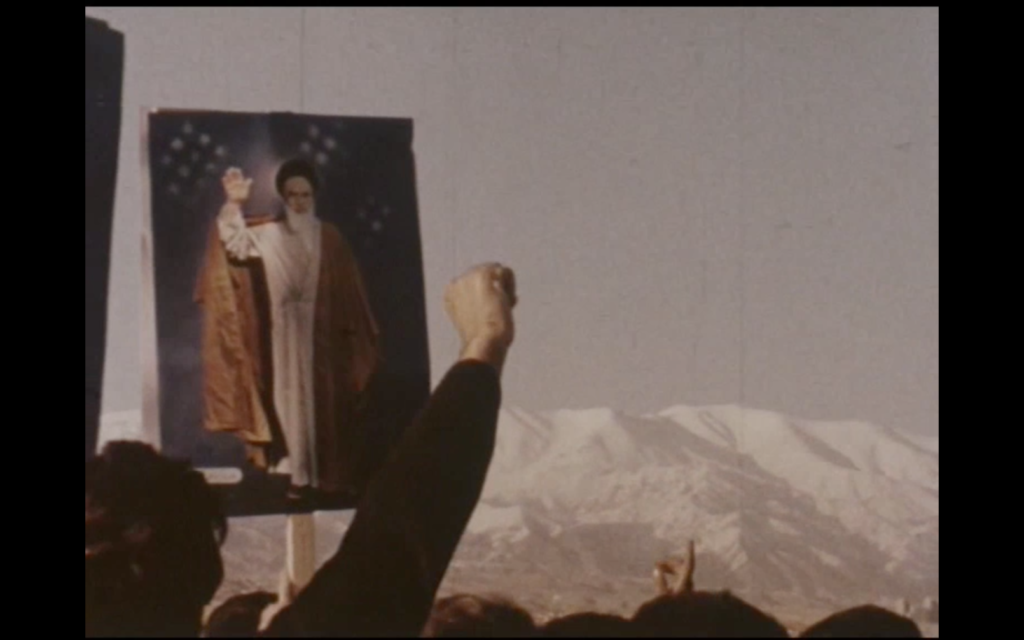Synopsis
The Iranian revolution leads to the Shah’s downfall and the installation of the Islamic Republic. Avoiding the more sensational elements of the news, this film questions Iranian society as a whole in an attempt to understand what this wave of change means for the Muslim world.
Credits
Director:
Jocelyne Saab, journalist: Rafic Boustani
DOP:
Jocelyne Saab
Copyrights:
Jocelyne Saab Association.




